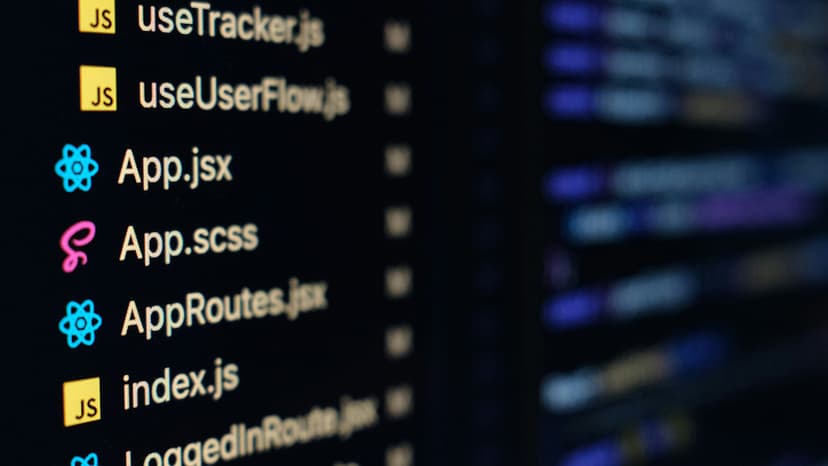Understanding the 304 Status Code: A Deep Dive into Browser Caching Efficiency
The HTTP 304 status code is a significant part of the web communication protocol that often goes unnoticed. Yet, it plays a vital role in enhancing website performance and optimizing user experience through efficient cache handling. In this article, we will explore the intricacies of the 304 status code, its impact on web browsing, and how it facilitates faster loading times.
What is the 304 Status Code?
When a user visits a website, their browser sends a request to the server to fetch the web page's content. The server then responds with the requested data along with an HTTP status code to indicate the outcome of the request. The 304 status code, also known as "Not Modified," is a server response that tells the browser the content it has stored in its cache is still valid and can be reused without needing to re-download it.
How Does the 304 Status Code Work?
Imagine you visit a website regularly, and the server sends an initial response with a status code of 200, indicating that the content has been successfully retrieved. The browser saves this response in its cache to avoid reloading the same resources again when you revisit the site.
Now, when you revisit the website, the browser checks if the cached content is still valid by sending a conditional request to the server with an "If-Modified-Since" or "If-None-Match" header. If the server determines that the content has not been modified since the last visit, it responds with a 304 status code instead of sending the entire content again. This process helps reduce network traffic, server load, and improves page load times.
Benefits of the 304 Status Code
Faster Loading Times
By using the 304 status code effectively, websites can significantly reduce loading times for returning visitors. Since the server only sends the headers without the actual content, the browser can quickly validate the cache and display the page to the user. This leads to a smoother browsing experience and happier users.
Bandwidth Savings
Every time a browser requests resources from a server, it consumes bandwidth, especially when dealing with large files like images, videos, or scripts. By leveraging the 304 status code, websites can minimize the amount of data transferred between the client and the server, resulting in substantial bandwidth savings for both parties.
Improved Server Performance
Fetching and serving content can put a strain on server resources, especially during peak traffic hours. The use of the 304 status code helps offload some of the server's workload by allowing it to respond more efficiently to conditional requests, freeing up resources to handle other tasks and improve overall performance.
How to Implement the 304 Status Code
To take advantage of the benefits offered by the 304 status code, web developers need to ensure their websites are configured properly to support cache validation and conditional requests.
Set Proper Cache-Control Headers
One of the essential steps in implementing the 304 status code is configuring the Cache-Control headers on the server side. By setting appropriate directives such as "max-age," "must-revalidate," and "no-cache," developers can control how caching is managed and when the browser should validate its cache with the server.
Handle Conditional Requests
When a browser sends a conditional request with the "If-Modified-Since" or "If-None-Match" header, the server must be able to process these headers correctly and determine whether the content has been modified since the last request. By comparing timestamps or entity tags, the server can efficiently respond with a 304 status code if the content remains unchanged.
Utilize ETags and Last-Modified Headers
Entity tags (ETags) and Last-Modified headers are essential components in cache validation mechanisms. ETags provide a unique identifier for a resource, allowing the server to determine if the content has been altered. Meanwhile, the Last-Modified header specifies the timestamp of the resource's last modification, enabling the server to validate the cache based on time comparisons.
Real-World Examples of the 304 Status Code in Action
Many popular websites and content delivery networks leverage the 304 status code to enhance user experience and streamline web performance. For instance, when you visit news websites like CNN or BBC, the browser checks for updated articles using conditional requests, resulting in faster page loads for returning visitors. Similarly, content-heavy platforms like YouTube utilize cache validation techniques to reduce server load and improve video loading times.
The 304 status code plays a crucial role in optimizing web performance and enhancing user experience by facilitating efficient cache handling. By leveraging cache validation mechanisms, websites can reduce loading times, save bandwidth, and improve server performance, ultimately leading to a smoother browsing experience for users. Therefore, web developers should prioritize implementing the 304 status code in their projects to take full advantage of its benefits and ensure a faster, more reliable web experience for visitors.
So next time you visit a website and notice it loading lightning fast, remember that the 304 status code may be working behind the scenes to make it happen seamlessly.












